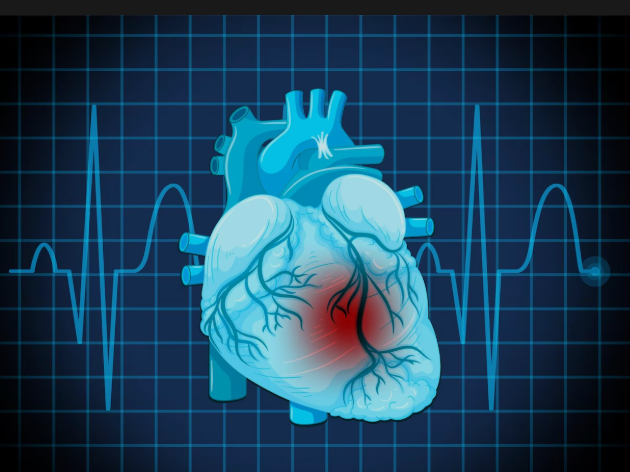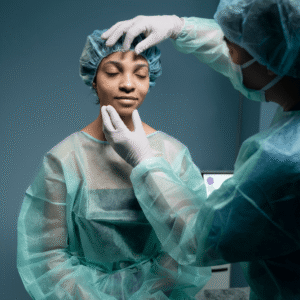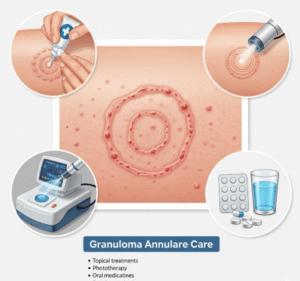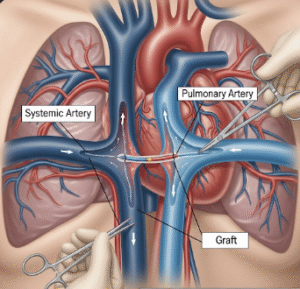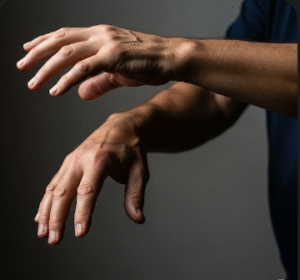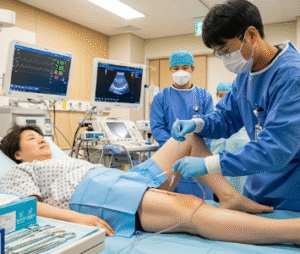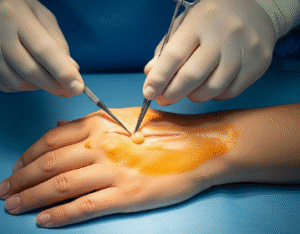Overview
Unicuspid Aortic Valve (UAV) is a rare congenital heart defect in which the aortic valve has only one functional cusp instead of the normal three. This abnormal valve structure leads to impaired blood flow from the heart to the aorta and can result in serious complications like aortic stenosis or regurgitation. UAV is often diagnosed during childhood or early adulthood when symptoms such as fatigue or chest pain appear, although some cases remain undetected until adulthood.
What is Unicuspid Aortic Valve
Unicuspid Aortic Valve (UAV) is a congenital malformation where the aortic valve has a single leaflet (cusp) rather than the normal three (tricuspid). This structural anomaly disrupts the valve’s ability to open and close properly, restricting blood flow or allowing it to leak backward. UAV is a rare condition, occurring in approximately 0.02% of the population, and is typically associated with aortic stenosis, aortic regurgitation, or aortic dilation. It is often discovered during echocardiography or surgery for other cardiac concerns.
Symptoms
Symptoms vary depending on the severity of valve dysfunction and may include:
- Fatigue, especially during physical activity
- Chest pain or discomfort (angina)
- Shortness of breath (dyspnea)
- Dizziness or fainting (syncope)
- Heart murmur heard during examination
- Irregular heartbeat or palpitations
- Symptoms of heart failure in severe or advanced cases
Causes
Unicuspid Aortic Valve is caused by a congenital developmental defect during fetal heart formation:
- The normal tricuspid valve fails to develop fully
- A single leaflet forms, often thickened and fibrotic
- This may lead to early deterioration of the valve
- No environmental or behavioral causes have been directly linked to UAV
Risk Factors
- Congenital heart defect history
- Family history of valve abnormalities (though most cases are isolated)
- Male gender (UAV is more common in males)
- Coexisting aortic abnormalities, such as aortic dilation or aneurysm
- Connective tissue disorders, though not directly causative, may co-occur
- Other congenital heart anomalies, like coarctation of the aorta
Complications
- Aortic stenosis: Narrowing of the valve opening that limits blood flow
- Aortic regurgitation: Backflow of blood into the heart
- Heart failure: Due to chronic pressure overload
- Aortic aneurysm or dissection
- Endocarditis: Infection of the valve
- Arrhythmias
- Sudden cardiac death, although rare, may occur in untreated cases
Prevention
As a congenital condition, UAV cannot be prevented. However, early detection and proactive management can prevent complications:
- Routine cardiac evaluations for children with heart murmurs
- Regular follow-up imaging (e.g., echocardiography, MRI) for known cases
- Control of blood pressure to reduce aortic stress
- Avoidance of strenuous exertion in high-risk individuals
- Prophylactic antibiotics in select cases before dental or surgical procedures (if recommended)
- Genetic counseling for families with multiple congenital heart defects
Treatment Options in Korea
South Korea offers advanced cardiac care and surgical interventions for Unicuspid Aortic Valve, tailored to the patient’s age, valve function, and overall health:
- Echocardiographic monitoring: Regular imaging to track progression of valve dysfunction
- Medications: To manage blood pressure, heart rate, and heart failure symptoms
- Balloon valvuloplasty: May be used temporarily in children or young adults with stenosis
- Surgical aortic valve replacement (SAVR): The standard treatment for severe cases; mechanical or bioprosthetic valves may be used
- Ross procedure: Valve-sparing surgery in select younger patients
- Transcatheter Aortic Valve Replacement (TAVR): A minimally invasive option available in specialized centers for selected adult patients
- Aortic root or ascending aorta repair: If aneurysm or dilation is present
- Lifelong follow-up care: Coordinated by cardiologists, often starting from adolescence
Korea’s cardiovascular centers combine advanced imaging, surgical excellence, and patient-focused rehabilitation to offer optimal outcomes for those living with UAV.

